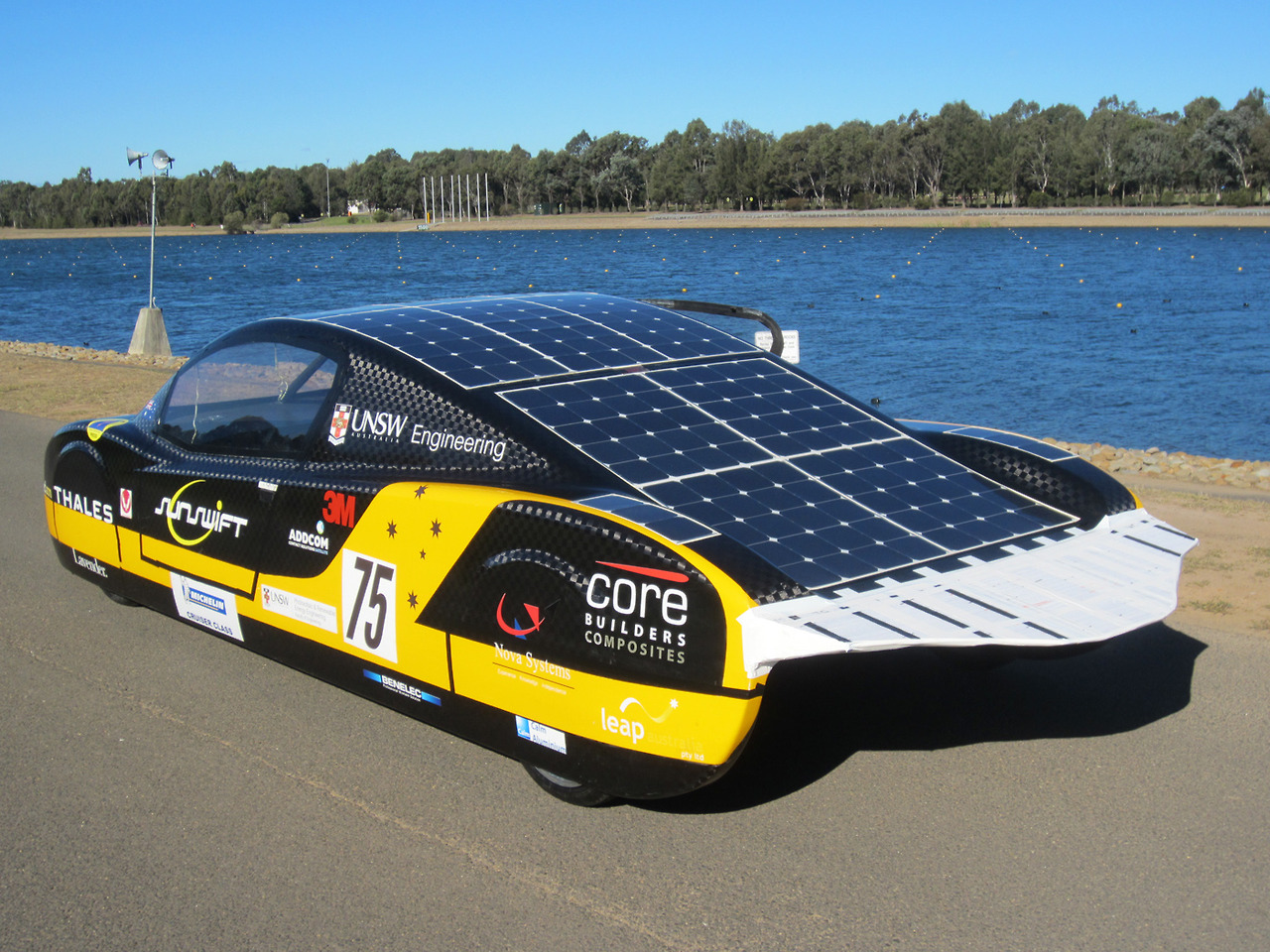
The open road promises freedom and efficiency, yet for many, it often transforms into a battleground of honking horns, sudden maneuvers, and outright frustration. As daily commuters and casual drivers, we frequently observe patterns of behavior that seem to cluster around specific types of vehicles. While individual driving habits are paramount, recent national studies and widespread anecdotal evidence suggest a compelling correlation between certain car brands and models and a higher propensity for aggressive driving incidents. This isn’t about blaming the machine, but rather understanding the complex interplay between vehicle design, driver demographics, and perceived performance capabilities.
A comprehensive analysis of insurance data by LendingTree, along with insights from NHTSA data and public forums, has illuminated which vehicles are most frequently associated with incidents ranging from minor citations to serious accidents and even DUIs. The findings offer a stark reminder that while the brand on the hood doesn’t dictate destiny, it can, in some cases, attract a particular type of driver or even inadvertently encourage risky behavior. For consumers seeking to make informed decisions about their next vehicle, or simply trying to navigate the complexities of shared roadways, understanding these trends is crucial for both personal safety and financial planning, especially concerning insurance premiums.
This in-depth exploration will dissect the data and common observations surrounding vehicles that exhibit a higher likelihood of aggressive driver histories. We will examine the specific statistics and characteristics that position these vehicles on our list, moving beyond mere speculation to present a data-driven perspective. From cutting-edge electric cars that tempt speed to rugged pickup trucks favored by aggressive drivers, and even some unexpected entries, prepare to navigate the landscape of road behavior and discover if your ride—or the car next to you—is driving a “speedy” reputation.
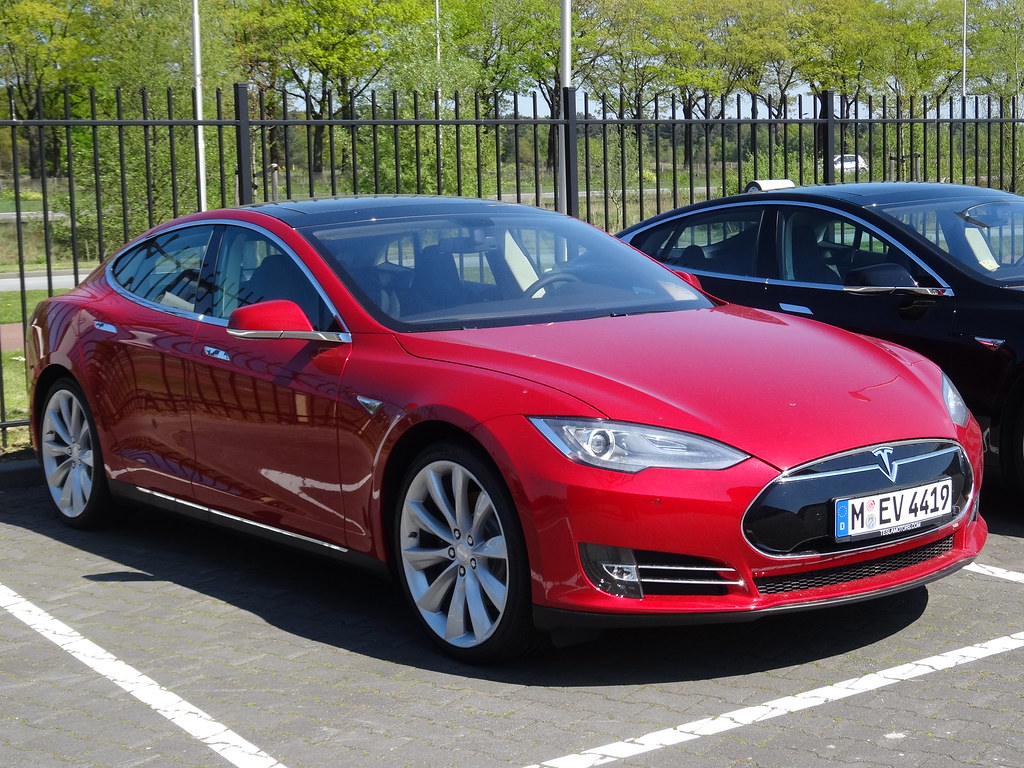
1. **Tesla**Tesla drivers led the nation with 36.94 incidents per 1,000 drivers, a sharp increase from the previous year. This places them at the top of the list for overall driving incidents, which encompass accidents, DUIs, speeding, and other citations. This high incident rate immediately flags Teslas as vehicles frequently involved in various adverse driving scenarios, making them a significant focus for understanding aggressive driving patterns.
The data also reveals that Tesla drivers were involved in 26.67 accidents per 1,000 drivers, placing them at the highest rate among all brands for accidents. Furthermore, Tesla drivers are close behind BMW in DUI rates, clocking in at 2.23 DUIs per 1,000 drivers. These statistics paint a picture of a brand whose drivers are notably prone to a spectrum of risky behaviors on the road, from minor infractions to more serious impaired driving.
Researchers suggest that the performance and speed capabilities of brands like Tesla may play a significant role in these elevated incident rates. Teslas offer rapid acceleration and are equipped with high-tech features, which, while advanced, may inadvertently tempt drivers to speed or engage in other risky driving practices. Forum users have also chimed in, noting that Teslas were a “new addition to the pantheon of cars driven by jerks,” with some even declaring them the “new BMWs” in terms of driver perception.
The advanced technological features of Teslas, particularly their semi-autonomous driving capabilities, are also cited as a potential factor in driver behavior. Some forum comments suggest that these features might embolden Tesla owners to act in a “huge jerk” manner on the road, perhaps fostering a sense of overconfidence or detachment from the immediate demands of driving. This dynamic between cutting-edge technology and human behavior presents a unique challenge in the realm of road safety.
Read more about: Unearthing Automotive Gold: 14 Surprise Gems That Blew Away All Expectations
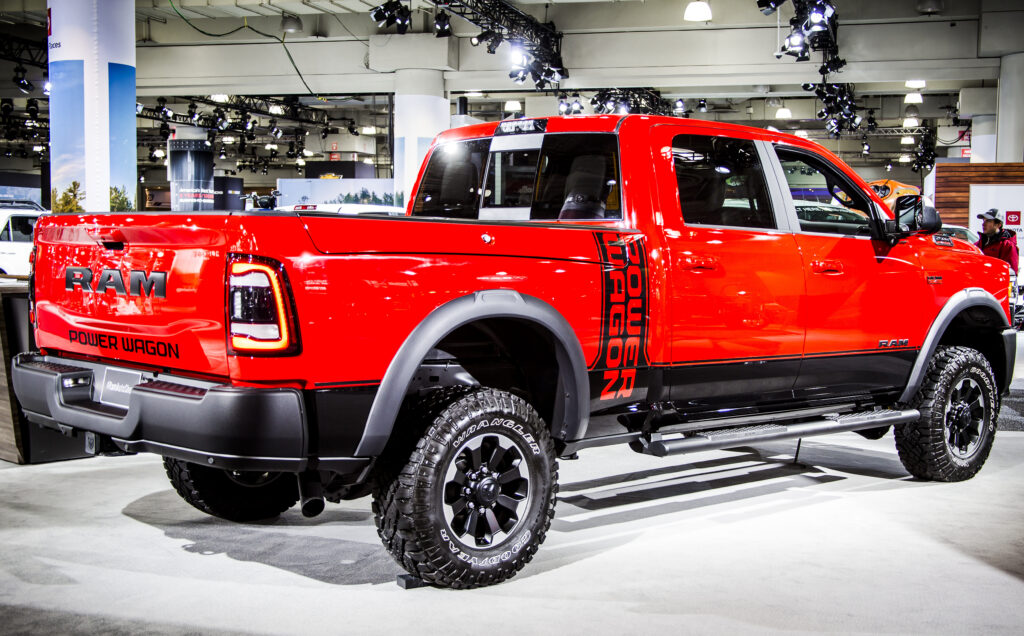
2. **Ram**Ram drivers followed closely behind Tesla in overall incident rates, recording 33.92 incidents per 1,000 drivers. This positions them as another significant contributor to the national statistics on aggressive driving. The consistent presence of Ram trucks near the top of these lists highlights a pervasive pattern associated with this particular brand and its driver base.
The prevalence of Ram drivers’ incidents is particularly pronounced in certain regions. They were identified as the worst in 16 states, underscoring a broad geographical impact. In California, for instance, their incident rate was an astonishing 70.78 per 1,000 drivers, an exceptionally high figure that points to a concentrated issue within that state. This regional variation suggests potential cultural or demographic factors at play, amplifying the aggressive driving tendencies.
Beyond overall incidents, Ram drivers also exhibit high accident rates, registering 23.15 accidents per 1,000 drivers. They also appear on the list for DUIs, with a rate of 2.09 per 1,000 drivers, placing them fourth nationally. These figures reinforce the breadth of risky behaviors associated with Ram drivers, spanning both negligent driving and impaired operation.
Driver demographics are often cited as a key factor explaining the incident rates associated with pickup trucks like Ram. These vehicles are popular among younger or more aggressive drivers, a demographic often linked to higher risk-taking behind the wheel. Additionally, the sheer size of these trucks can make them harder to handle effectively in emergency situations, potentially contributing to accidents and other incidents on the road.
Car Model Information: 2023 RAM ProMaster 2500 High Roof
Name: Ram Trucks
Logo: Ramchryslerlogo.png
FormerName: Dodge Ram
Type: division (business)
LocationCity: Auburn Hills, Michigan
Foundation: [object Object]
AreaServed: North America, Middle East, Latin America, Europe, Southeast Asia, Oceania, and Angola
Industry: Automobile
Predecessor: Graham Brothers,Fargo Trucks,Plymouth (automobile)#Plymouth trucks
KeyPeople: Tim Kuniskis (CEO)
Products: Truck
Parent: Chrysler
Homepage: https://www.ramtrucks.com/|ramtrucks.com
Categories: 2010 establishments in Michigan, All Wikipedia articles written in American English, All articles with unsourced statements, Articles with short description, Articles with unsourced statements from July 2024
Summary: Ram Trucks (stylized as RAM) is an American brand of light to mid-weight pickup heavy duty trucks and other commercial vehicles, and a division of Stellantis North America (previously Chrysler Group LLC). It was established in a spin-off of Dodge in 2009 using the name of the Ram pickup line of trucks. Ram Trucks’ logo was originally used as Dodge’s logo. New series Ram 1500 pickups are made at Sterling Heights Assembly in Sterling Heights, Michigan. Since its inception, the brand has used the slogan “Guts. Glory. Ram.”
Get more information about: Ram Trucks
Buying a high-performing used car >>>
Brand: Ram Model: Trucks
Price: $63,980 Mileage: 2,708 mi.
Read more about: Beyond the Icons: 13 Overlooked Pony Cars That Command Respect and Deserve a Second Look
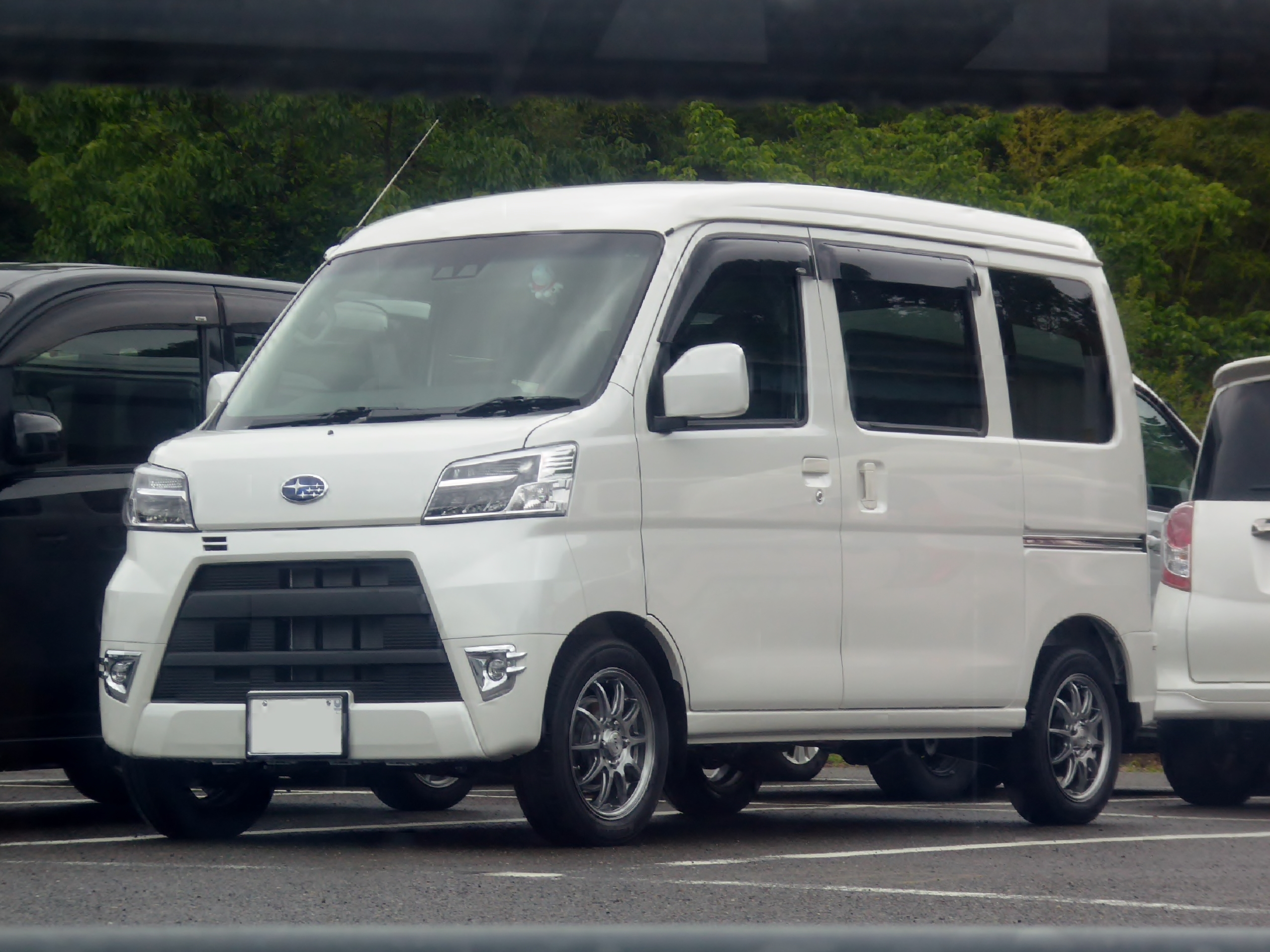
3. **Subaru**Subaru drivers were ranked as the third worst in terms of overall incident rates, recording 32.85 incidents per 1,000 drivers. This places them firmly within the top tier of brands associated with aggressive driving behaviors and various infractions. The consistency of Subaru’s presence in these studies suggests a notable trend among its drivers that warrants closer examination.
When looking specifically at accidents, Subaru drivers were involved in 22.89 accidents per 1,000 drivers. This rate positions them among the highest for accident involvement, trailing only Tesla and Ram in this particular metric. The data indicates that, similar to the other top-ranked brands, Subaru drivers frequently find themselves in situations that lead to collisions, adding to their aggressive driver history profile.
While the context does not explicitly detail the specific *reasons* for Subaru drivers’ high incident rates in the same way it does for Tesla (performance) or Ram (demographics/size), their consistent high ranking across multiple categories suggests a pervasive issue. It is important for consumers to be aware of these statistics as they reflect a higher likelihood of encountering drivers of these brands in various incident scenarios. The data-driven approach of Consumer Reports style demands acknowledging the facts even when explicit causal links aren’t fully elaborated in the provided text.
Read more about: Beyond the Badges: 14 Low-Key Trucks That Quietly Outperformed Expectations
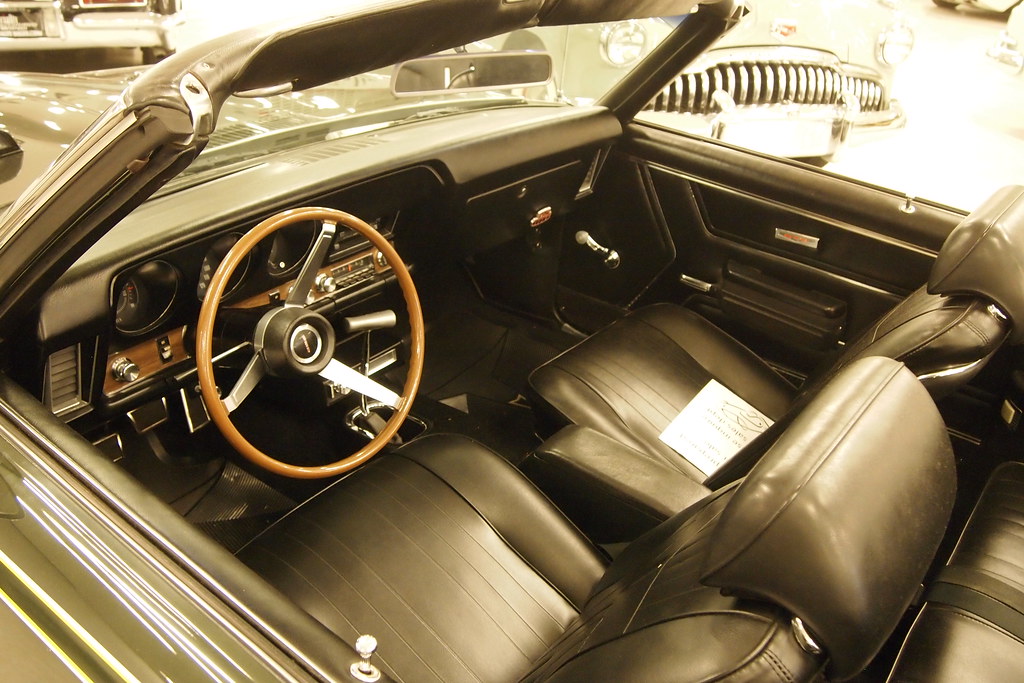
4. **Pontiac**Pontiac drivers present a fascinating paradox within the realm of aggressive driving statistics. While their brand has the highest DUI rate in the country, at 3.11 DUIs per 1,000 drivers—a dramatic jump from the previous year—their overall incident rate tells a different story. This striking statistic highlights a very specific and severe problem associated with Pontiac vehicles: impaired driving.
Surprisingly, despite leading the nation in DUIs, Pontiac drivers had the second-lowest overall incident rate at 19.72 incidents per 1,000 drivers. This counterintuitive finding suggests that while Pontiacs are rare on the road, the drivers who operate them are disproportionately involved in DUI incidents, rather than a wide array of other aggressive driving behaviors like speeding or minor citations. It’s a critical distinction for understanding risk profiles.
The context hints at a possible explanation for this unusual pattern: brands like Pontiac, some of which are no longer in production, tend to attract older or more cautious drivers. This demographic might explain the lower overall incident rate, as these drivers generally exhibit fewer minor infractions. However, it does not diminish the severity of the DUI issue, indicating that when incidents do occur with Pontiac drivers, they are more likely to be serious and alcohol-related.
Read more about: Beyond the Icons: 13 Overlooked Pony Cars That Command Respect and Deserve a Second Look
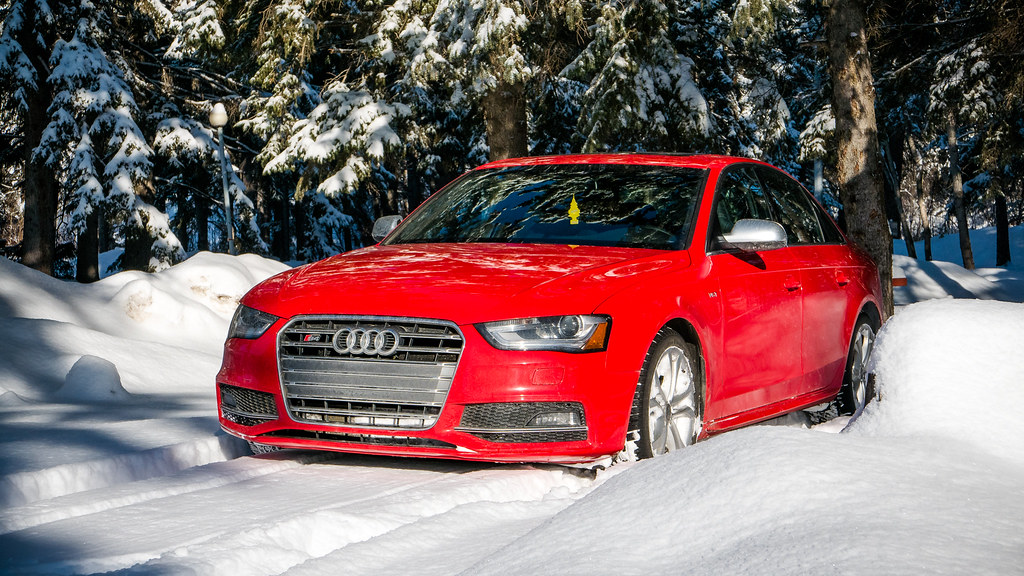
5. **Audi**Audi drivers also feature prominently in the statistics concerning aggressive driving, specifically rounding out the top five for highest accident rates. With 32.23 incidents per 1,000 drivers, they are noted as a brand whose vehicles are frequently involved in a broader spectrum of driving incidents, positioning them high on the list. This consistent presence underscores a trend that warrants attention from both consumers and road safety advocates.
While the detailed breakdown for Audi’s specific incident types (like speeding or DUIs alone) isn’t as granular as for the top three, their inclusion in the top five for overall incident rates and specifically for accident rates suggests a pattern of risky driving. The data indicates a higher probability of encountering Audi drivers in situations leading to collisions, reinforcing the need for drivers to exercise caution around these vehicles.
The context for Audi’s incident rates is presented within the broader LendingTree analysis, which identifies brands with high rates of “driving incidents — including accidents, DUIs, speeding, and citations.” While specific reasons for Audi’s placement aren’t explicitly detailed beyond being grouped with Mazda for rounding out the top five in accidents, their statistical standing alone provides valuable consumer insight into observed risks associated with the brand’s drivers.
Read more about: Beyond the Icons: 13 Overlooked Pony Cars That Command Respect and Deserve a Second Look
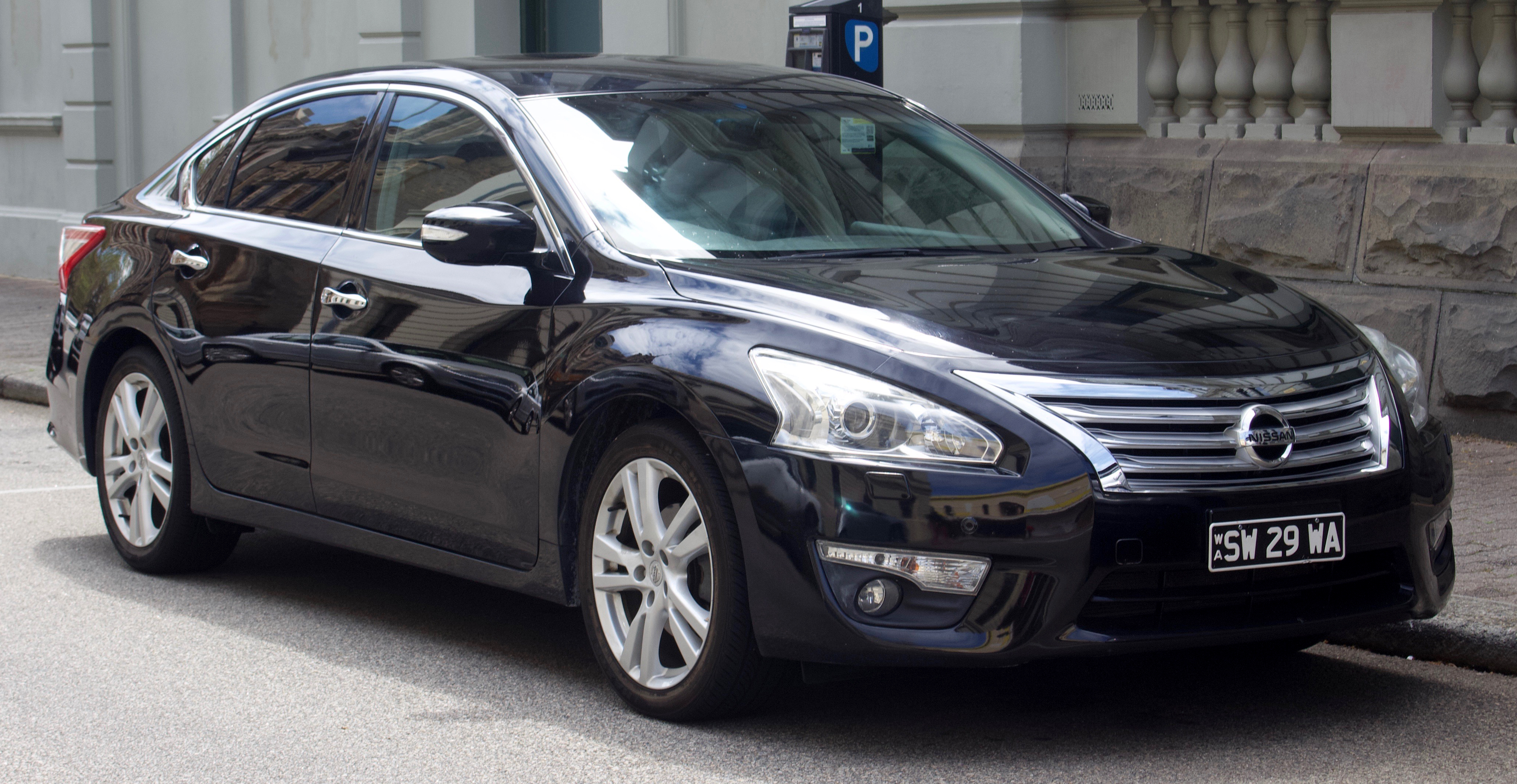
6. **Nissan Altimas**Shifting from purely data-driven studies to widespread observations from forum users, Nissan Altimas have earned a distinct reputation for attracting some of the most irresponsible drivers on the road. This consensus among drivers speaks to a noticeable pattern of behavior that goes beyond simple statistics, becoming almost a cultural observation within the driving community. The informal, yet widely agreed-upon, nature of these observations adds another layer to understanding aggressive driver histories.
Forum users frequently note a range of issues associated with Altima drivers. Observations include seeing these vehicles with expired plates, failing engines, and bad paint jobs, suggesting a general lack of vehicle maintenance or care among a segment of their owners. This neglect can contribute to unsafe road conditions, as poorly maintained vehicles pose risks not only to their drivers but to everyone else sharing the road.
Perhaps most tellingly, Altima drivers are often characterized as exhibiting highly erratic speed behaviors. Users commented that these drivers are “always either speeding or driving way under the speed limit.” This inconsistency creates unpredictable traffic flow, leading to frustration and increased risk of accidents, as other drivers struggle to anticipate their movements. Such erratic patterns exemplify a significant departure from safe and predictable driving standards.
The combination of vehicle neglect and erratic driving patterns forms a compelling picture of why Nissan Altimas are consistently mentioned in discussions about problematic drivers. While hard data on “irresponsible” driving might be harder to quantify than accident rates, the broad agreement among experienced drivers serves as a potent warning. For consumers, understanding these widespread perceptions is as valuable as official statistics when considering overall road safety and driver behavior.
Car Model Information: 2013 Nissan Altima 2.5 S
Name: Nissan Altima
Caption: 2024 Nissan Altima SR (L34; US)
Manufacturer: Nissan
Aka: Nissan Bluebird
Production: 1992–present
Class: Compact car
Predecessor: Nissan Bluebird,Nissan Stanza
ModelYears: 1993–present
Categories: 2000s cars, 2010s cars, 2020s cars, All-wheel-drive vehicles, All Wikipedia articles written in American English
Summary: The Nissan Altima is a mid-size car manufactured by Nissan since 1992. It is a continuation of the Nissan Bluebird line, which began in 1955.
The Altima has historically been larger, more powerful, and more luxurious than the Nissan Sentra but less so than the Nissan Maxima. The first through fourth-generation cars were manufactured exclusively in the United States and officially sold in North and South America, along with the Middle East and Australia. For other markets, Nissan sold a related mid-size sedan called the Nissan Teana which was between the Altima and Maxima in terms of size. In 2013, the Teana became a rebadged version of the fifth-generation Altima.
The name “Altima” was originally applied to a top trim line of the Nissan Leopard for the Japanese market in 1986, and then to the Nissan Laurel Altima mid-size car sold in Central America and the Caribbean before 1992. In 1992, Nissan discontinued the Stanza which was a Nissan Bluebird clone, replacing it with the US-built Altima, while remaining a compact car. The first Altima was produced in June 1992, as a 1993 model. All Altima models for the North American market were built in Smyrna, Tennessee, until June 2004, when Nissan’s Canton, Mississippi plant also began producing the model to meet high demand.
Get more information about: Nissan Altima
Buying a high-performing used car >>>
Brand: Nissan Model: Altima
Price: $8,961 Mileage: 80,139 mi.
Read more about: Built to Last: 10 Legendary Vehicles That Rarely Need a Major Engine Overhaul
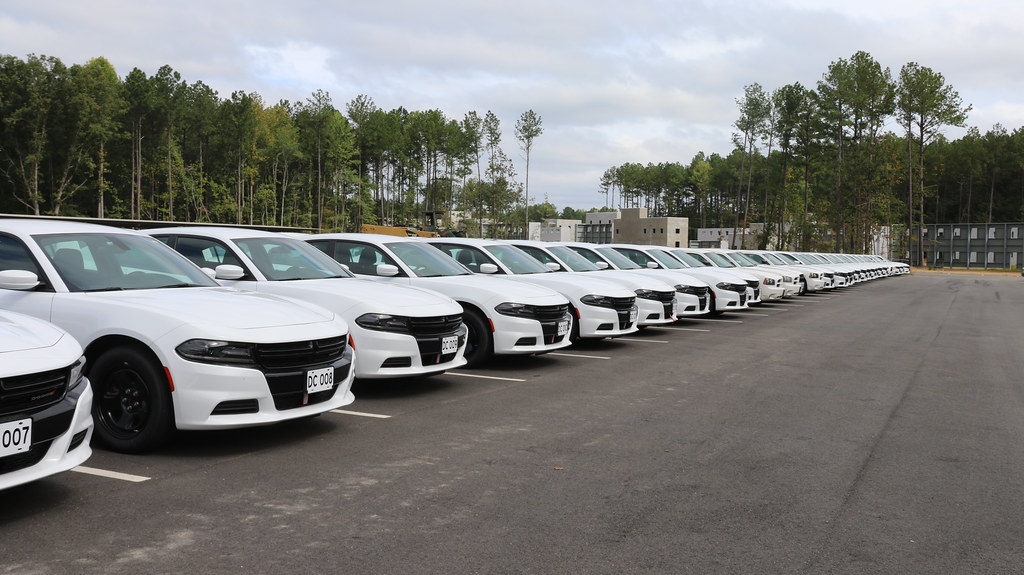
7. **Dodge Chargers**Dodge Chargers consistently appear in discussions about vehicles associated with aggressive driving, largely due to a prevailing consensus among forum users regarding their drivers’ habits. The powerful and performance-oriented nature of these vehicles often seems to translate into a driving style that prioritizes speed over safety and courtesy. This perception is so strong that it has become a widely accepted characteristic of Charger drivers.
The most common observations about Dodge Charger drivers center on two specific behaviors: excessive speeding and aggressive tailgating. Both actions are inherently dangerous, significantly increasing the risk of accidents and creating hazardous conditions for everyone else on the road. Speeding reduces reaction time and increases impact force, while tailgating eliminates safe braking distances, making evasive actions nearly impossible in an emergency.
The widespread concern about Dodge Charger drivers is so acute that one popular comment highlighted a parent teaching their children to recognize a Dodge Charger (and similar cars) specifically “so they could avoid them when they started driving.” This anecdote underscores the profound impact these drivers have on the perception of road safety and the tangible steps other road users feel compelled to take to protect themselves from perceived threats.
While the LendingTree study implicates specific truck models like Chevrolet Silverado and Ford F-150 in aggressive driving fatalities, the forum consensus for Dodge Chargers strongly suggests they fit the profile of a “speedy” car driven by aggressive individuals. The combination of its powerful engine design and the observed behaviors of its drivers positions the Dodge Charger as a notable vehicle in the discussion of aggressive driver histories, driven by a cultural perception reinforced by countless shared experiences on the road.
Car Model Information: 2019 Dodge Charger SXT
Name: Dodge Charger
Caption: 1969 Dodge Charger
Manufacturer: Dodge
Production: 1966–1978,1981–1987,2005–present
ModelYears: 1966–1978,1982–1987,2006–present
Categories: 1960s cars, 1970s cars, 1980s cars, 2000s cars, 2010s cars
Summary: The Dodge Charger is a model of automobile marketed by Dodge in various forms over eight generations since 1966.
The first Charger was a show car in 1964. A 1965 Charger II concept car resembled the 1966 production version.
In the United States, the Charger nameplate has been used on mid-size cars, personal luxury coupes, subcompact hatchbacks, and full-size sedans.
Get more information about: Dodge Charger
Buying a high-performing used car >>>
Brand: Dodge Model: Charger
Price: $15,998 Mileage: 105,748 mi.
Read more about: 15 Iconic Nameplates: Classic Car Brands Fueling the Electric Revolution

8. **BMWs**BMW vehicles, long perceived as a symbol of status, also consistently appear in discussions surrounding aggressive driving habits. While detailed statistics for all incident types might vary, data from LendingTree reveals that BMW drivers ranked second nationally in DUI rates, registering 2.57 DUIs per 1,000 drivers. This figure places them significantly higher than the national average, suggesting a particular propensity for impaired driving among a segment of their owners.
Beyond statistical findings, widespread forum consensus paints a clear picture of BMW drivers. These vehicles are often associated with individuals who may exhibit less courteous behavior on the road. The perception of BMWs as a “status symbol” is frequently cited as a reason for attracting drivers who might prioritize personal assertiveness over adherence to traffic norms.
The public’s perception of BMW drivers is so strong that it has become a benchmark for aggressive driving. Online discussions, for instance, have noted Teslas as a “new addition to the pantheon of cars driven by jerks,” with some users even declaring them the “new BMWs.” This comparison firmly establishes BMW’s long-standing reputation in the collective consciousness as a brand whose drivers are often linked to problematic road behavior.
Read more about: Navigating the Rough Road: The 13 Critical Reasons Why Used Car Dealerships Fail and How to Thrive

9. **Range Rovers**Luxury SUVs like the Range Rover also feature prominently in observations of aggressive and entitled driving. While not specifically detailed in the comprehensive insurance data for overall incidents, the consensus among online forums is striking. Range Rover drivers are frequently singled out for exhibiting some of the most frustrating behaviors on the road, contributing significantly to traffic-related stress for other motorists.
User comments specifically highlight a pervasive sense of entitlement among these drivers. One widely upvoted comment encapsulated this sentiment, stating that Range Rover drivers are “the worst, most entitled, ish, piece of drivers I’ve ever seen.” This anecdotal evidence, while not statistical, points to a strong and consistent negative perception shared by a large segment of the driving public.
A recurring complaint about Range Rover drivers is their noted reluctance to use turn signals. As one forum user bluntly put it, “I definitely have never seen a Range Rover’s turn signal cause they don’t use them.” This particular habit, or lack thereof, directly compromises road safety by making maneuvers unpredictable and forcing other drivers to react defensively, rather than proactively, to changing traffic conditions.
Read more about: Cash Back or Catastrophe? 12 Celebrities Who Were Publicly Shamed Over Their ‘Returned’ Expensive Gifts
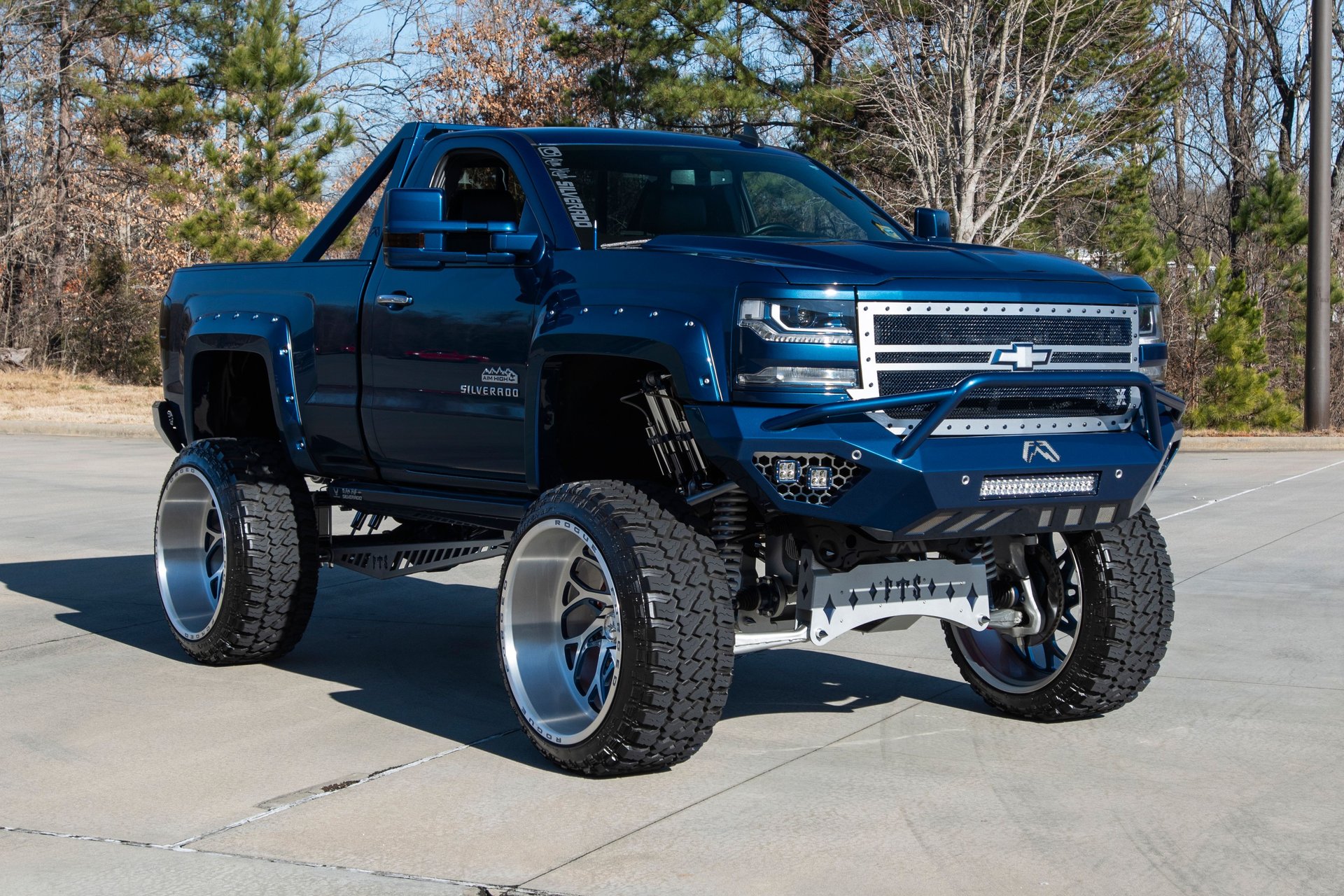
10. **Lifted Turbo Diesel Pickups**Massive lifted trucks, particularly turbo diesel pickups, are consistently identified by forum users as a staple among drivers who exhibit problematic behaviors. These vehicles, often modified to an imposing size, generate significant discussion and concern within the driving community regarding both their utility and their impact on road safety.
Critics often argue that these types of trucks are largely “useless” for practical purposes and contribute negatively to environmental concerns. Beyond personal opinions on their aesthetics or efficiency, the sheer scale of these modified vehicles raises legitimate questions about their societal footprint and perceived necessity, especially when linked to aggressive driving patterns.
The most significant concern regarding lifted turbo diesel pickups centers on safety. Forum users widely agree that these trucks are inherently dangerous due to their elevated stature and considerable bulk. The increased ride height and larger dimensions can severely obstruct the driver’s field of vision, particularly making it “difficult for the driver to see pedestrians” and smaller vehicles, leading to increased accident risk.
Read more about: Your Next Driveway Legend: 12 Odd Military Vehicles Civilians Can Actually Own

11. **Hyundai Velosters**The Hyundai Veloster, a compact sports car, has unexpectedly garnered a reputation for attracting a specific type of aggressive driver. Unlike larger trucks or luxury sedans, the Veloster’s inclusion on lists of vehicles with less-than-courteous drivers stems almost entirely from widespread anecdotal observations and strong forum consensus, rather than direct incident rate data.
Online forums are replete with comments describing Veloster drivers engaging in highly aggressive maneuvers. A particularly popular comment, which amassed thousands of upvotes and hundreds of replies, stated, “I’ve never seen a Hyundai Veloster that’s not weeving in and out of traffic like a ball-bag.” This vivid description highlights a pattern of reckless lane changes and excessive speed.
The sheer volume of agreement and supporting replies for such comments indicates a widespread perception of Veloster drivers as “speedsters” who routinely push the limits of safe driving. This collective experience, though anecdotal, offers valuable insight into the consistent behaviors associated with this vehicle model, suggesting that its design or marketing may appeal to individuals predisposed to aggressive road habits.
Car Model Information: 2012 Hyundai Veloster Base
Name: Hyundai Veloster
Manufacturer: Hyundai Motor Company
Production: 2011–2022
Class: Sport compact car
Layout: Front-engine, front-wheel-drive layout
BodyStyle: hatchback
Predecessor: Hyundai Tiburon
ModelYears: 2012–2022
Assembly: Ulsan
Categories: All Wikipedia articles in need of updating, All articles with unsourced statements, Articles containing Korean-language text, Articles with short description, Articles with unsourced statements from May 2018
Summary: The Hyundai Veloster is a compact car first produced in 2011 by Hyundai, with sales beginning in South Korea on March 10, 2011, and in Canada and the United States since the fall of 2011. In South Korea, it was marketed under Hyundai’s ‘Premium Youth Lab’. It was unveiled on January 10, 2011, at the Detroit Auto Show, and fills the void left when Hyundai discontinued the Hyundai Tiburon after the 2008 model year. The car differs from most other hatchbacks with its asymmetrical door configuration, featuring one large door on the driver side and two smaller doors on the passenger side. This configuration is more common on commercial vehicles and minivans.
Get more information about: Hyundai Veloster
Buying a high-performing used car >>>
Brand: Hyundai Model: Veloster
Price: $7,645 Mileage: 83,462 mi.

12. **HUMMERs**For those who have been navigating roads since the 1990s, the HUMMER’s presence on a list of vehicles associated with aggressive drivers comes as no surprise. Despite a decline in its overall popularity in recent decades, the HUMMER continues to be a subject of frustration and annoyance among other motorists, carrying a legacy of drawing a particular demographic of driver.
Forum users consistently describe HUMMERs as “massive” vehicles, amplifying concerns about their physical presence on the road. Beyond their imposing size, these vehicles are often criticized for being “awful for the environment,” reflecting broader public anxieties about fuel consumption and emissions. These characteristics contribute to a negative perception that extends beyond mere driving behavior.
The pervasive sentiment in online discussions is that HUMMERs “attract a certain kind of jerk.” This widely held belief, rooted in decades of shared road experiences, underscores how deeply ingrained the association between HUMMER ownership and less-than-courteous driving has become. The vehicle’s design and brand image seem to resonate with drivers who are perceived as aggressive or inconsiderate.
Car Model Information: 2003 Hummer H2 Base
Name: High Mobility Multipurpose Wheeled Vehicle (HMMWV)
Caption: M1151 Enhanced Armament Carrier
Origin: United States
Type: truck,Military light utility vehicle,Infantry mobility vehicle
IsVehicle: true
Service: 1985–present
Wars: Gulf War
Manufacturer: AM General
UnitCost: Format price
ProductionDate: January 2, 1985 – present
Number: 281,000
Weight: 5200 to
Abbr: on
Length: 15 ft
Width: 7 ft
Height: 6 ft
PrimaryArmament: #Design features
Engine: Detroit Diesel V8 engine#6.2L,V8 engine
Transmission: 3-speed automatic or 4-speed automatic
Suspension: Independent 4×4
FuelCapacity: 25 U
VehicleRange: convert
Speed: 55 mph (89 km/h) at max gross weight
Categories: 1980s cars, AM General vehicles, All-wheel-drive vehicles, All articles lacking reliable references, All articles needing additional references
Summary: The High Mobility Multipurpose Wheeled Vehicle (HMMWV; colloquial: Humvee) is a family of light, four-wheel drive military trucks and utility vehicles produced by AM General. It has largely supplanted the roles previously performed by the original jeep, and others such as the Vietnam War-era M151 Jeep, the M561 “Gama Goat”, their M718A1 and M792 ambulance versions, the Commercial Utility Cargo Vehicle, and other light trucks. Primarily used by the United States military, it is also used by numerous other countries and organizations and even in civilian adaptations.
The Humvee saw widespread use in the Gulf War of 1991, where it navigated the desert terrain; this usage helped to inspire civilian Hummer versions. The vehicle’s original unarmored design was later seen to be inadequate and was found to be particularly vulnerable to improvised explosive devices in the Iraq War. The U.S. hastily up-armored select models and replaced frontline units with the MRAP. Under the Joint Light Tactical Vehicle (JLTV) program, in 2015 the U.S. Army selected the Oshkosh L-ATV to replace the vehicle in frontline U.S. military service.
Get more information about: Humvee
Buying a high-performing used car >>>
Brand: HUMMER Model: HUMMER
Price: $12,490 Mileage: 152,679 mi.
Read more about: Are You Driving a ‘Jerk’ Car? 18 Vehicles With Bad Driver Reputations

13. **Chevrolet Silverados**Moving back to hard data, the LendingTree study on aggressive and careless drivers specifically identified Chevrolet Silverado truck drivers as leading in fatal accidents linked to such behaviors. This authoritative finding shifts the focus from anecdotal perceptions to statistically significant outcomes, underscoring the severe risks associated with a segment of Silverado operators.
In 2022 alone, Silverado truck drivers were responsible for 133 fatal accidents directly attributed to aggressive or careless driving. This high number places them at the top of the list for individual vehicle models in this critical category. Such statistics provide a stark reminder of the deadly consequences that can arise from irresponsible driving choices.
When considering the broader brand impact, Chevrolet drivers collectively were implicated in 439 fatal accidents where aggressive or careless driving was cited. This encompasses all Chevrolet models but emphasizes the significant contribution of vehicles like the Silverado to the brand’s overall high incident rate, signaling a consistent pattern of concern for road safety advocates.
While Chevrolet vehicles, particularly popular models like the Silverado, are common on the road, LendingTree explicitly acknowledged that mere popularity does not fully explain their high placement on this list. The study suggests that other factors beyond ubiquity contribute to these alarming statistics, highlighting a need for drivers of these vehicles to exercise particular caution and responsibility.
Car Model Information: 2017 Chevrolet Silverado 1500 1LT
Name: Chevrolet Silverado/GMC Sierra
Caption: 2022 Silverado 2500HD High Country
Manufacturer: General Motors
Aka: unbulleted list
Production: 1998–present
Assembly: unbulleted list
Class: unbulleted list
BodyStyle: unbulleted list
Layout: unbulleted list
Predecessor: unbulleted list
Categories: 2000s cars, 2010s cars, 2020s cars, All-wheel-drive vehicles, All Wikipedia articles written in American English
Summary: The Chevrolet Silverado is a range of trucks manufactured by General Motors under the Chevrolet brand. Introduced for the 1999 model year, the Silverado is the successor to the long-running Chevrolet C/K model line. Taking its name from the top trim level from the Chevrolet C/K series, the Silverado is offered as a series of full-size pickup trucks, chassis cab trucks, and medium-duty trucks. The fourth generation of the model line was introduced for the 2019 model year.
The Chevrolet Silverado shares mechanical commonality with the identically related GMC Sierra; GMC ended the use of the C/K nomenclature a model generation prior to Chevrolet. In Mexico, high-trim level versions of the Silverado use the Chevrolet Cheyenne name (not to be confused with the 2003 concept). Competing against the Ford F-Series, Ram pickup, Toyota Tundra, and Nissan Titan, the Silverado is among the best-selling vehicles in the United States, having sold over 12 million trucks since its introduction in 1998 as a 1999 model year.
Get more information about: Chevrolet Silverado
Buying a high-performing used car >>>
Brand: Chevrolet Model: Silverado
Price: $22,995 Mileage: 139,243 mi.
Read more about: Jalopnik’s Ultimate Warning: 14 Trucks That Will Leave You Stranded (And Broke) On The Side Of The Road
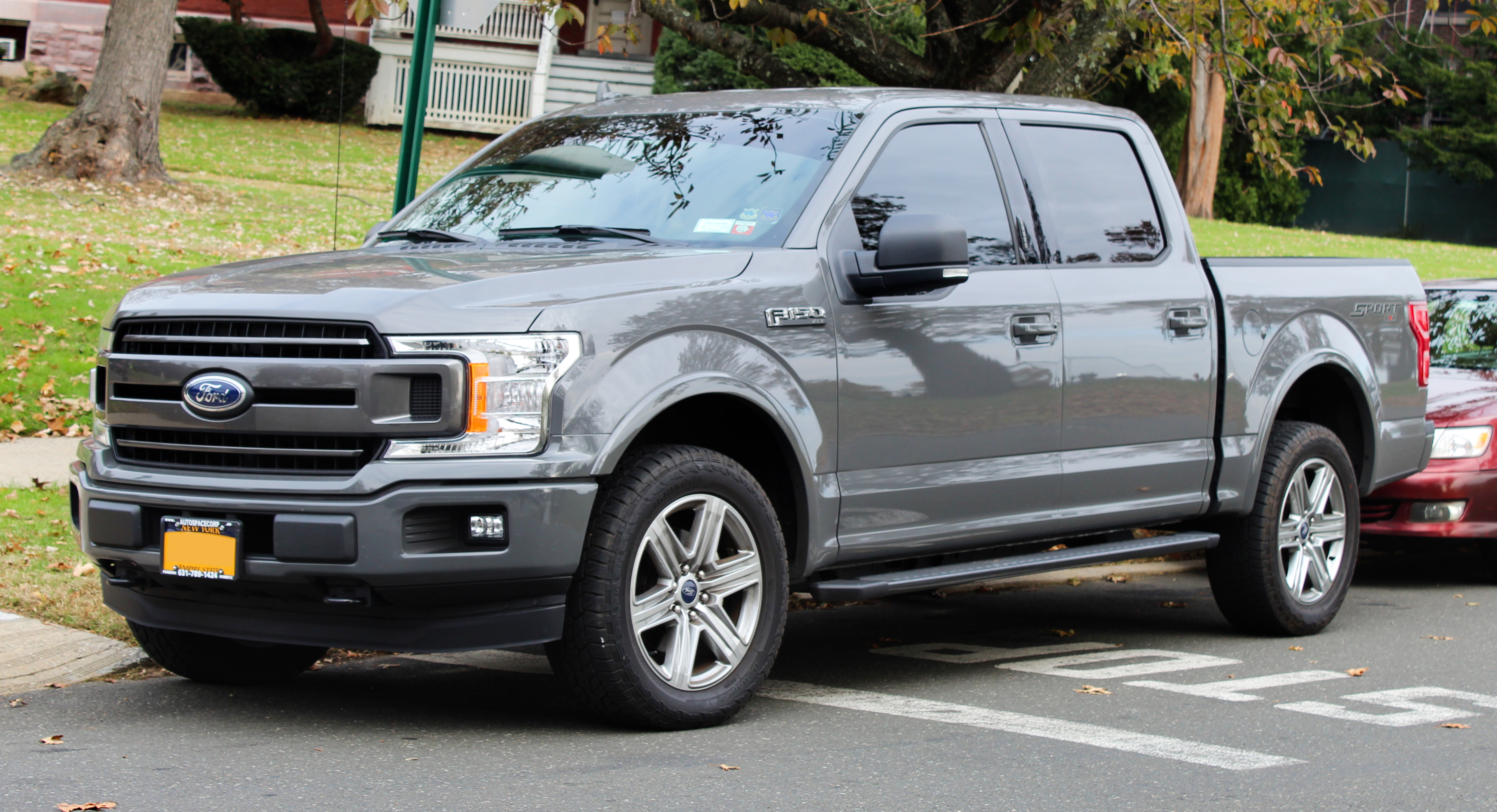
14. **Ford F-150s**Following closely behind the Chevrolet Silverado, Ford F-150 pickup drivers were also flagged by the LendingTree study for their substantial involvement in fatal accidents stemming from aggressive or careless driving. As the second-highest ranking individual model in this category, the F-150 contributes significantly to the national picture of road hazards.
Specifically, in 2022, F-150 pickup drivers caused 95 deadly crashes that were rooted in aggressive or careless driving. This figure, though lower than the Silverado’s, still represents a significant number of fatalities linked to driver behavior often characterized by impatience, recklessness, or disregard for traffic laws. Such data is crucial for assessing vehicle-specific risks.
The Ford brand as a whole was implicated in 412 fatal accidents where aggressive or careless driving was cited. This reinforces the pattern seen with other popular brands where certain models, like the F-150, contribute disproportionately to the brand’s overall incident rates, making them a point of focus for road safety discussions and consumer awareness.
Just as with Chevrolet, LendingTree’s analysis provides a crucial caveat: while Ford F-150s are among the most popular vehicles, their high ranking for aggressive and careless driving fatalities is not solely a function of their prevalence. This distinction implies that there are underlying behavioral trends or characteristics associated with F-150 drivers that warrant attention beyond simply their numbers on the road.
Read more about: Beyond the Blockbuster: A Deep Dive into Dwayne ‘The Rock’ Johnson’s Multi-Million Dollar Car Collection
Navigating our roadways safely demands more than just personal vigilance; it requires an awareness of broader patterns and statistical realities. The data presented, from detailed insurance analyses to widespread forum consensus, paints a compelling picture: while the car itself is an inanimate object, certain models and brands appear to attract, or perhaps even encourage, specific driving behaviors that elevate risk for everyone. From the high-performance sedans that tempt speed, to the imposing trucks that challenge visibility, and the luxury vehicles whose drivers are often perceived as entitled, the connection between vehicle choice and driver conduct is undeniable. Ultimately, understanding these trends empowers every driver to make more informed decisions, not only when selecting a vehicle but, more importantly, when making the conscious choice to prioritize safety and courtesy over aggression behind the wheel. The road is a shared space, and responsible driving decisions, irrespective of the badge on the hood, remain the most critical factor in ensuring everyone’s journey is a safe one.



